What are ‘planetary boundaries’ and why should we care?
Envirotec Magazine
SEPTEMBER 25, 2023
And nearly all of us use fossil fuels, plastics, chemicals and products from intensive agriculture. Ocean-acidification is still, just, in the green, and so is aerosol pollution and dust. Three are based on what we take from the system: biodiversity loss fresh water land use. billion humans – nearly all of them poor.


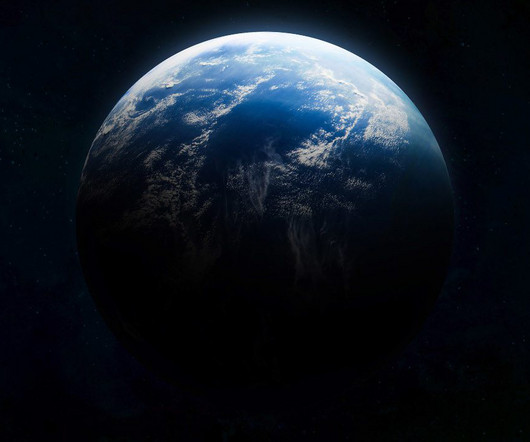
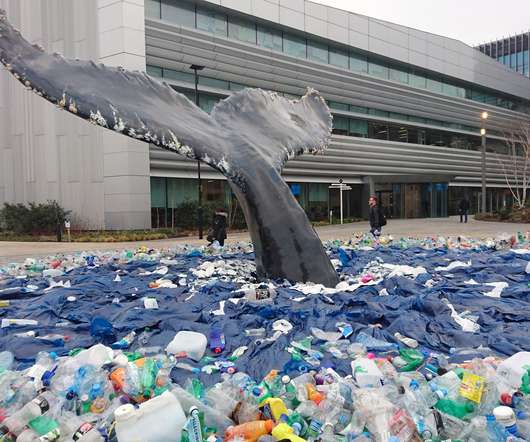



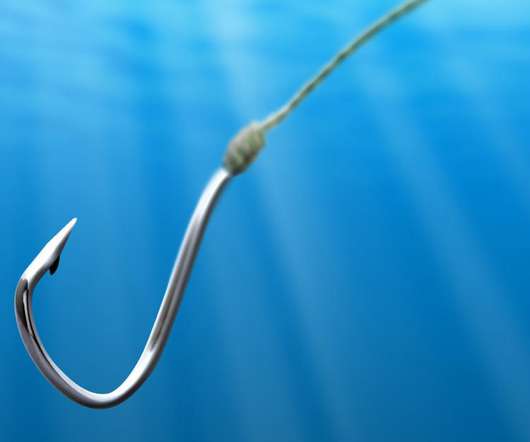
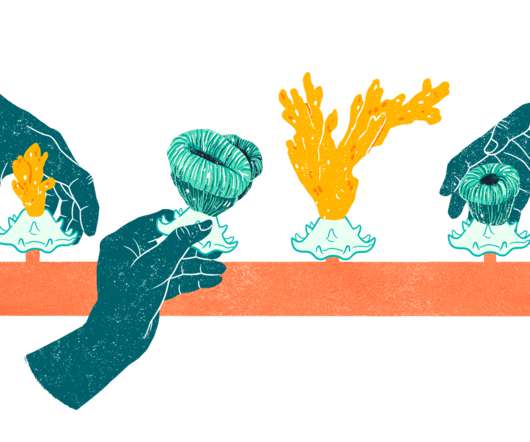
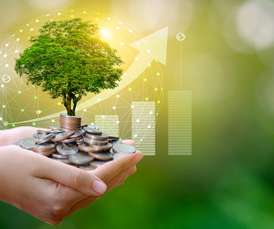

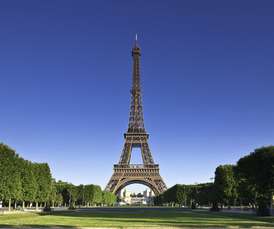









Let's personalize your content